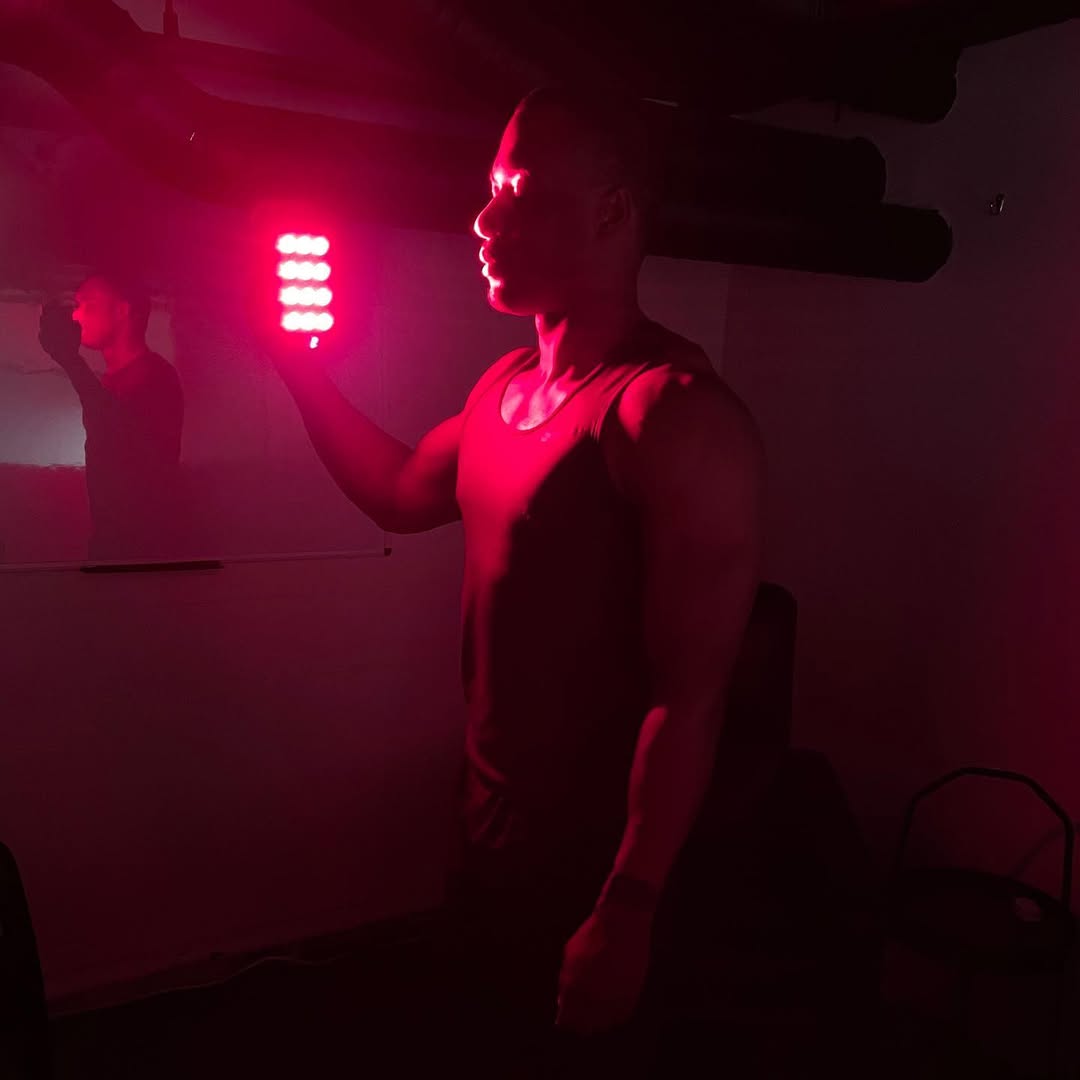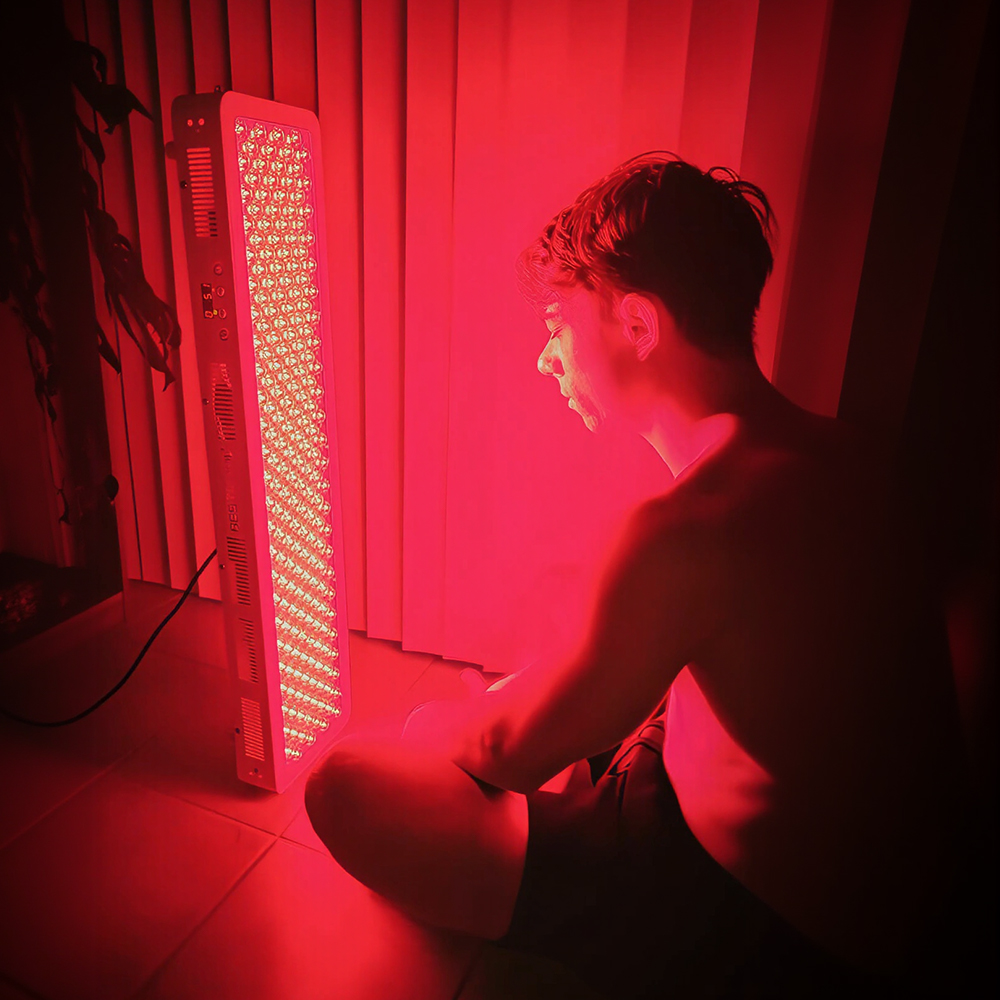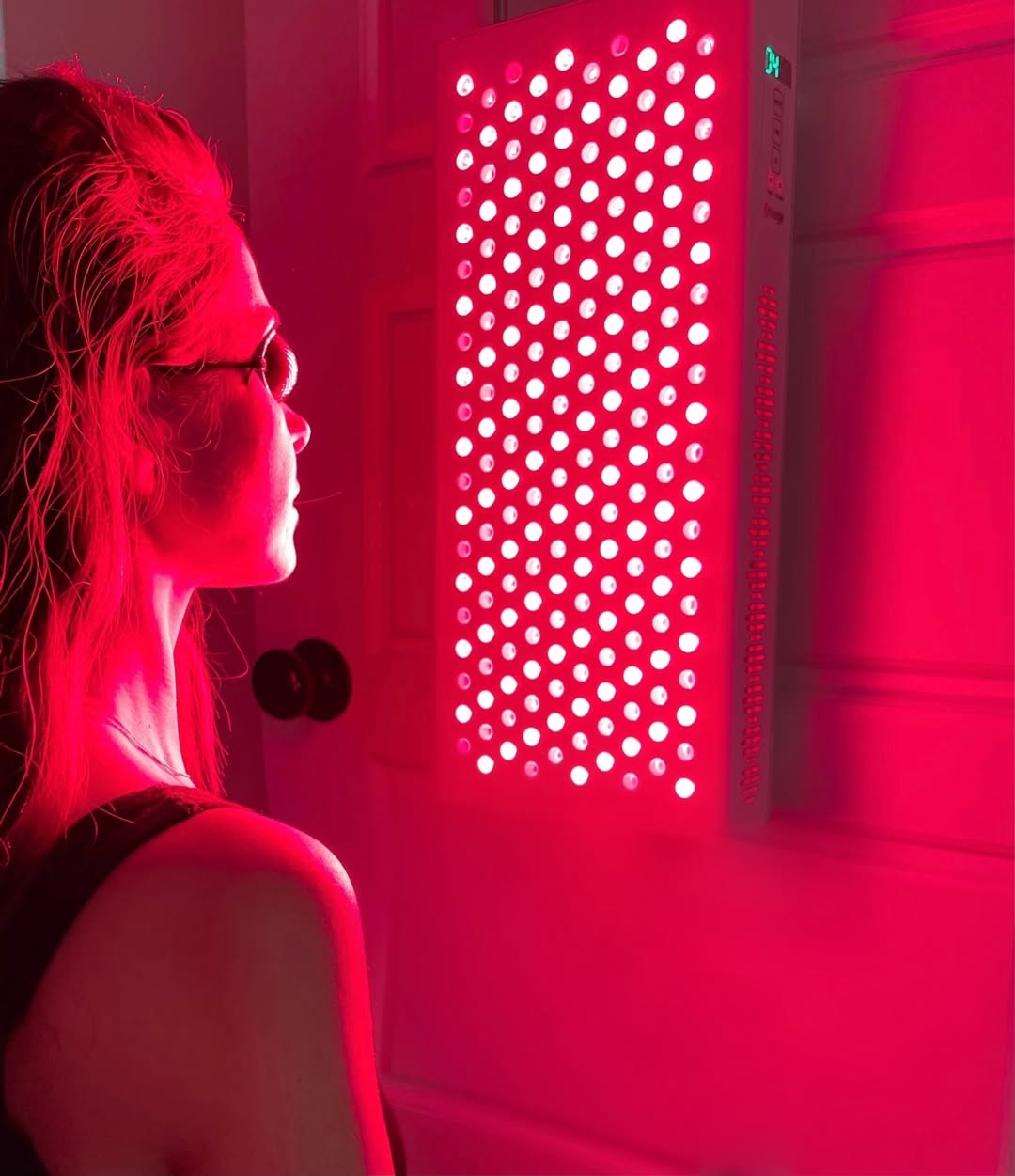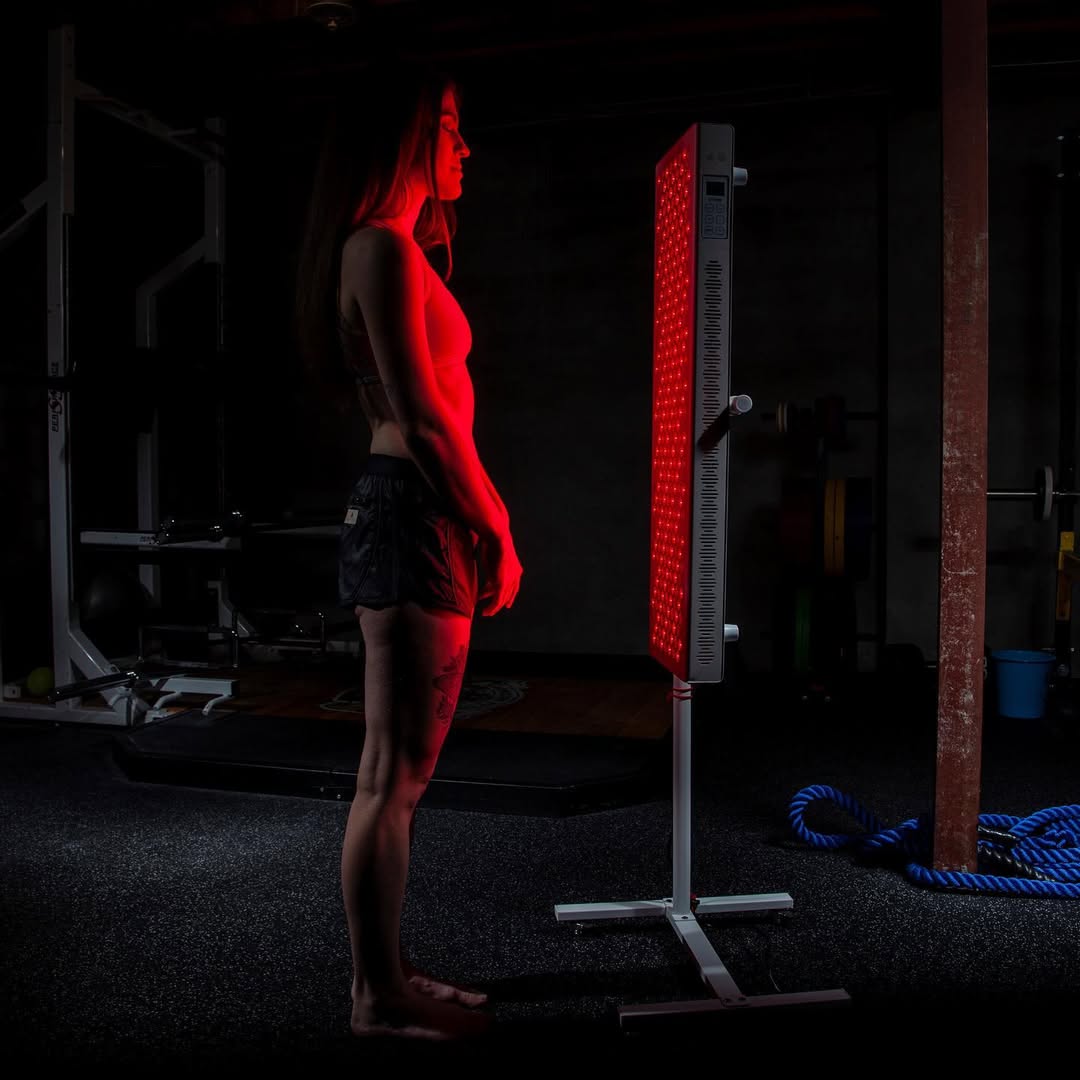![]() Free Shipping
Free Shipping ![]() Buy Now, Pay Later
Buy Now, Pay Later ![]() Eligible
Eligible
What You Should Know About Using Red Light Therapy for Xanthelasma

Xanthelasma—those yellowish cholesterol-filled plaques that form around the eyelids—can be more than just a cosmetic concern. For many, they serve as a visible indicator of high cholesterol or other underlying health issues. While traditional treatments like surgical removal, laser therapy, or chemical peels exist, an emerging alternative is gaining attention: red light therapy (RLT).
But does it really work for xanthelasma? And if so, how should you use it safely and effectively? In this comprehensive guide, we’ll explore the science behind red light therapy, its potential benefits for xanthelasma, and what you need to know before trying it.
Understanding Xanthelasma: More Than Just a Cosmetic Issue
Before diving into treatments, it’s important to understand what xanthelasma is and why it occurs.
What Causes Xanthelasma?
Xanthelasma palpebrarum (the medical term for these deposits) consists of cholesterol-rich fats accumulating beneath the skin. They typically appear as:
- Soft, yellowish patches
- Flat or slightly raised plaques
- Located on or near the eyelids (upper or lower)
While they are not harmful on their own, they can signal:
- High cholesterol (hyperlipidemia)
- Increased risk of heart disease
- Liver dysfunction
- Diabetes or metabolic disorders
Because of this, doctors often recommend blood tests to check lipid levels when xanthelasma appears.
Common Treatment Options
Traditional xanthelasma treatments include:
- Surgical excision – Precise removal but may leave scars.
- Laser therapy (CO2 or Erbium YAG) – Effective but can be expensive and require multiple sessions.
- Chemical peels (TCA peel) – Can cause irritation and isn’t always effective for deep plaques.
- Cryotherapy (freezing) – May lead to skin discoloration.
Given these limitations, many seek non-invasive, low-risk alternatives—which is where red light therapy comes in.
Red Light Therapy: A Promising Approach for Xanthelasma?
What Is Red Light Therapy?
Red light therapy (RLT), also known as low-level laser therapy (LLLT) or photobiomodulation, uses specific wavelengths of red and near-infrared light to penetrate the skin. Unlike UV light, it doesn’t damage tissue but instead stimulates cellular repair and regeneration.
How Could RLT Help with Xanthelasma?
While research on RLT specifically for xanthelasma is limited, studies suggest it may help by:
- Enhancing Cholesterol Metabolism
- Some evidence indicates that red light can improve lipid metabolism, potentially reducing cholesterol buildup.
- A 2017 study in Lasers in Medical Science found that light therapy helped reduce fat deposits in animal models.
- Reducing Inflammation
- Xanthelasma is often linked to chronic inflammation.
- RLT has anti-inflammatory effects, which may prevent further plaque formation.
- Promoting Collagen Remodeling
- RLT stimulates fibroblasts (collagen-producing cells), which could help break down fatty deposits over time.
- Improving Circulation
- Better blood flow may help the body clear excess cholesterol from affected areas.
What Does the Evidence Say?
Currently, no large-scale clinical trials have confirmed RLT as a definitive treatment for xanthelasma. However:
- Anecdotal reports suggest some users see reduced visibility of plaques after consistent use.
- Dermatologists sometimes use RLT for similar skin conditions (e.g., lipomas or fatty deposits).
This means that while RLT may help, it’s not a guaranteed cure and should be used as part of a broader treatment plan.
VELLGUS Elite V2
THE #1 RATED RED LIGHT DEVICE
VELLGUS pro V2
THE #1 RATED FULL BODY RED LIGHT DEVICE
How to Use Red Light Therapy for Xanthelasma
If you’re considering RLT, here’s what you need to know:
1. Choosing the Right Device
- Wavelength: Look for devices emitting 630-660nm (red) or 810-850nm (near-infrared) light.
- FDA-Cleared Devices: Brands like Joovv, Red Light Man, or Mito Red Light are reputable.
- At-Home vs. Professional:
- Handheld devices are convenient for targeted treatment.
- Full-body panels may offer broader metabolic benefits.
2. Treatment Protocol
- Distance: Hold the device 6-12 inches from eyelids.
- Duration: Start with 3-5 minutes per session, 3-5 times per week.
- Safety: Avoid direct eye exposure—keep eyes closed or use protective goggles.
3. Combining with Other Therapies
For best results, pair RLT with:
- Dietary changes (low cholesterol, high antioxidants)
- Topical treatments (e.g., trichloroacetic acid peels under medical supervision)
- Regular lipid monitoring (to address root causes)
Potential Risks and Limitations
While RLT is generally safe, consider:
- No overnight results – It may take weeks or months to see changes.
- Not a standalone cure – Works best alongside lifestyle modifications.
- Possible skin sensitivity – Some users report mild dryness or redness.
Final Verdict: Is Red Light Therapy Worth Trying?
Red light therapy shows promise for xanthelasma by potentially improving cholesterol metabolism and reducing inflammation. However, it’s not a magic bullet—managing underlying health issues remains crucial.
If you’re looking for a non-invasive, pain-free approach, RLT could be a worthwhile experiment. Just remember:
✅ Use a high-quality device
✅ Stay consistent (3-5 sessions per week)
✅ Monitor cholesterol levels with your doctor
Have you tried RLT for xanthelasma? Share your experience in the comments!
Key Takeaways
✔ Xanthelasma may indicate high cholesterol or heart disease risks.
✔ Red light therapy may help by improving lipid metabolism and reducing inflammation.
✔ Best results come from consistent use + healthy lifestyle changes.
✔ Always consult a dermatologist before starting new treatments.








